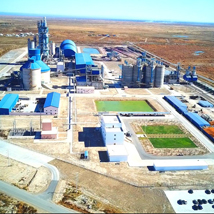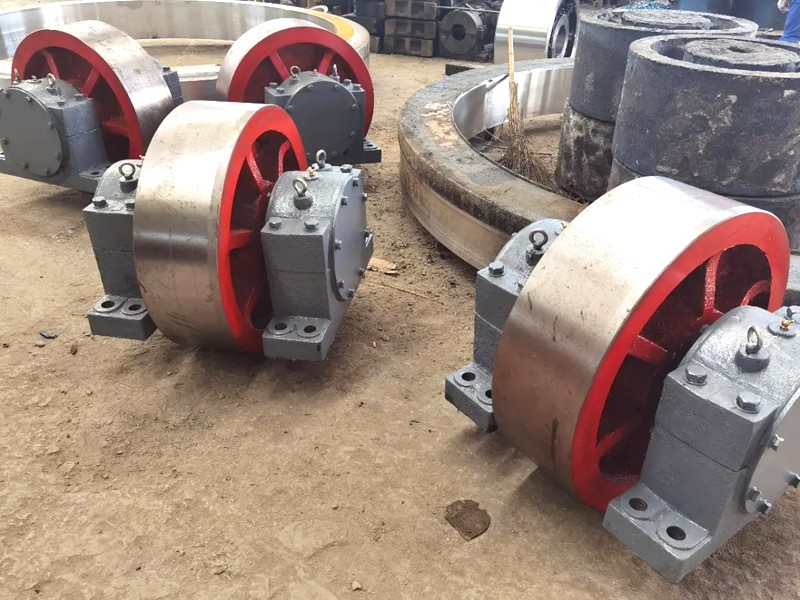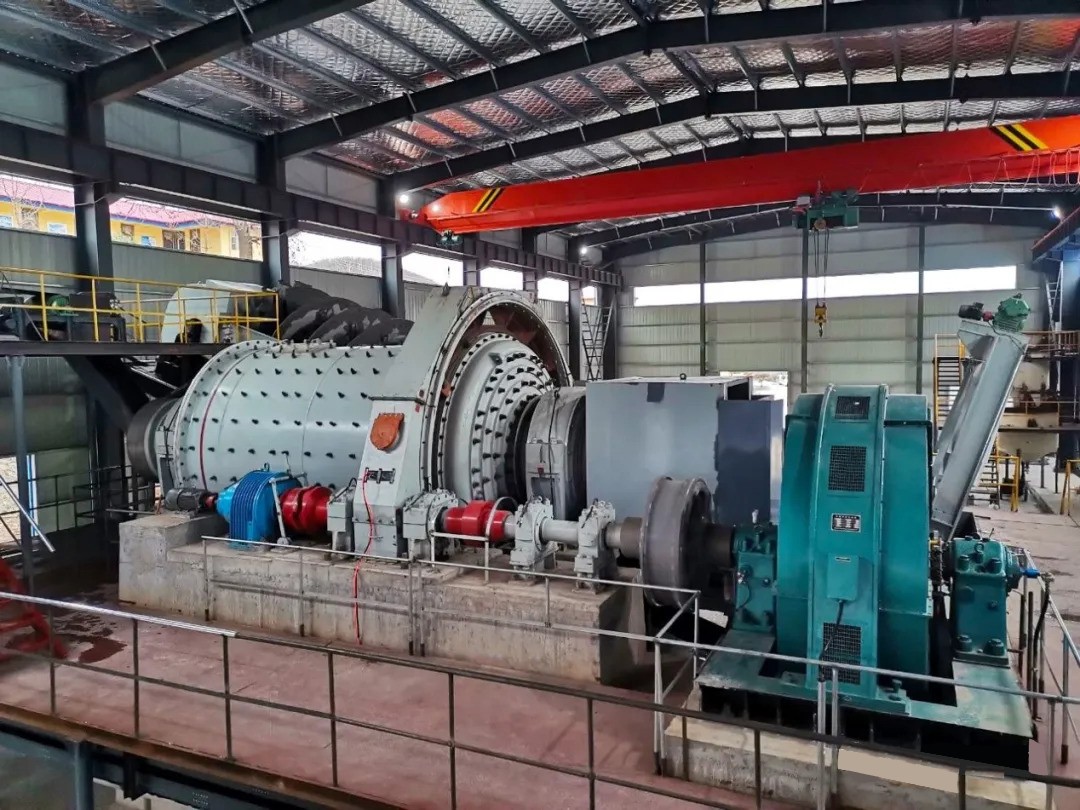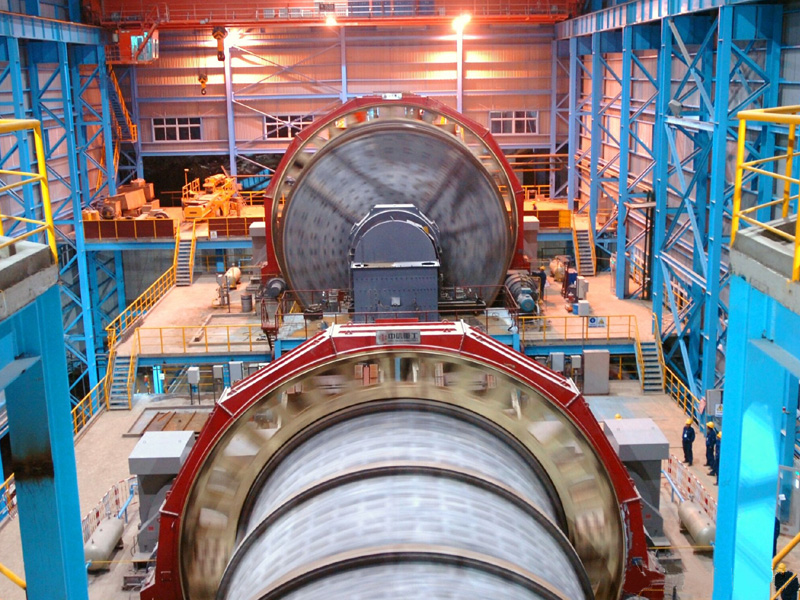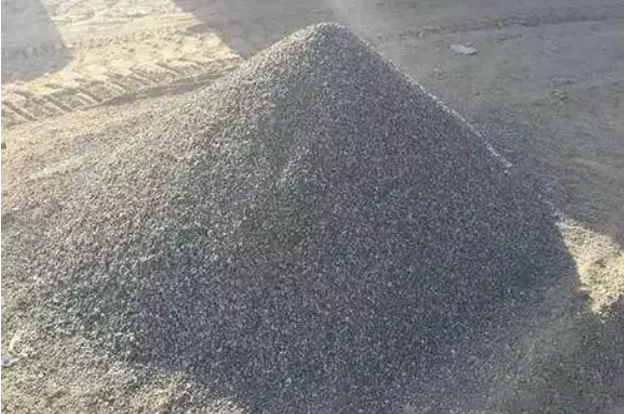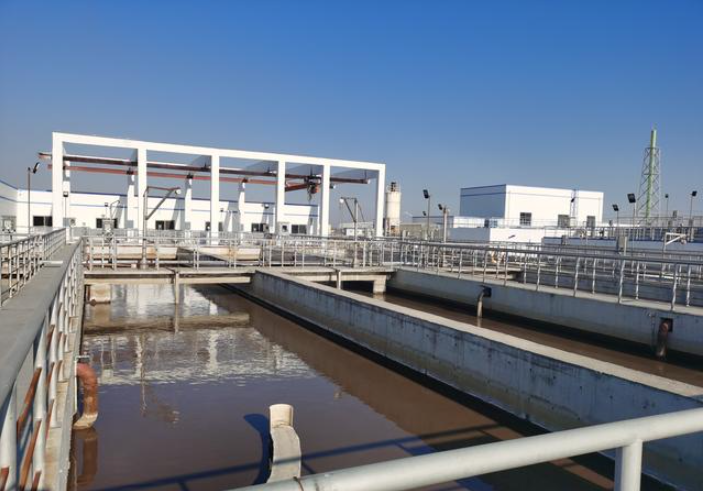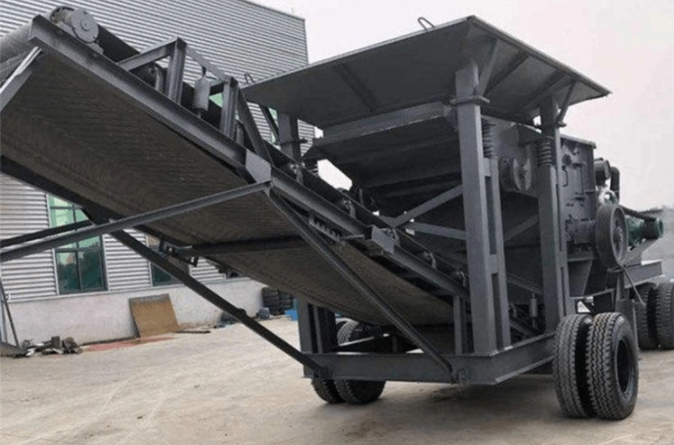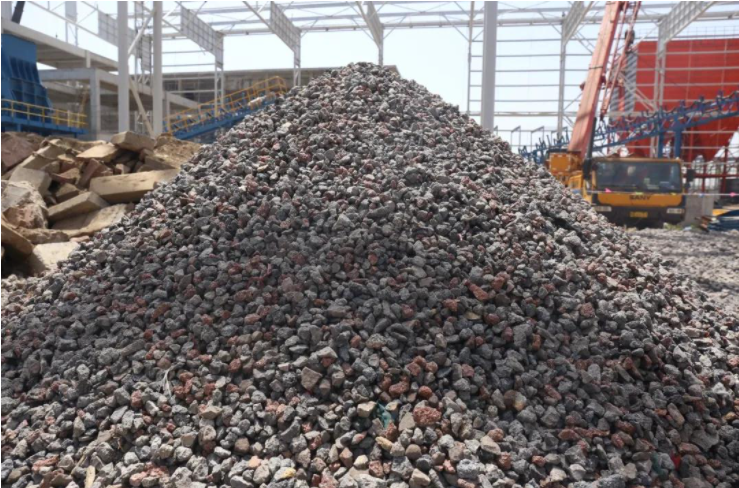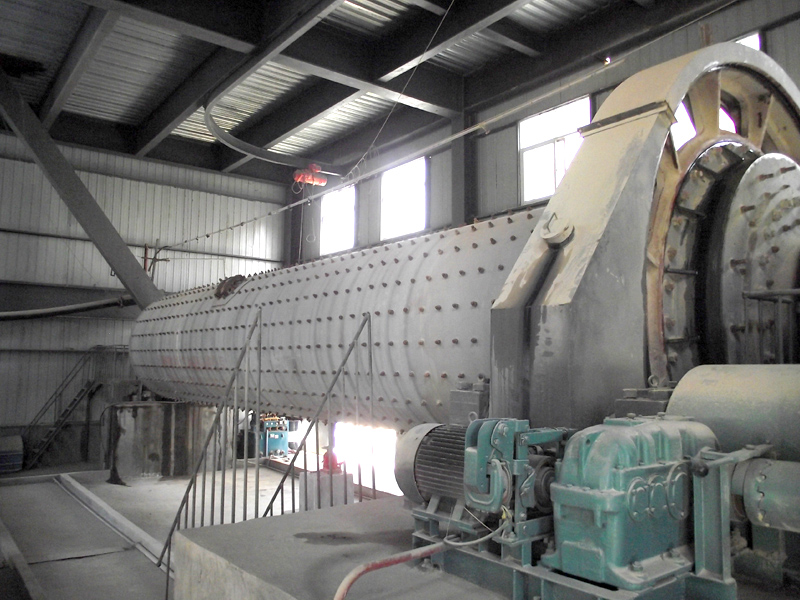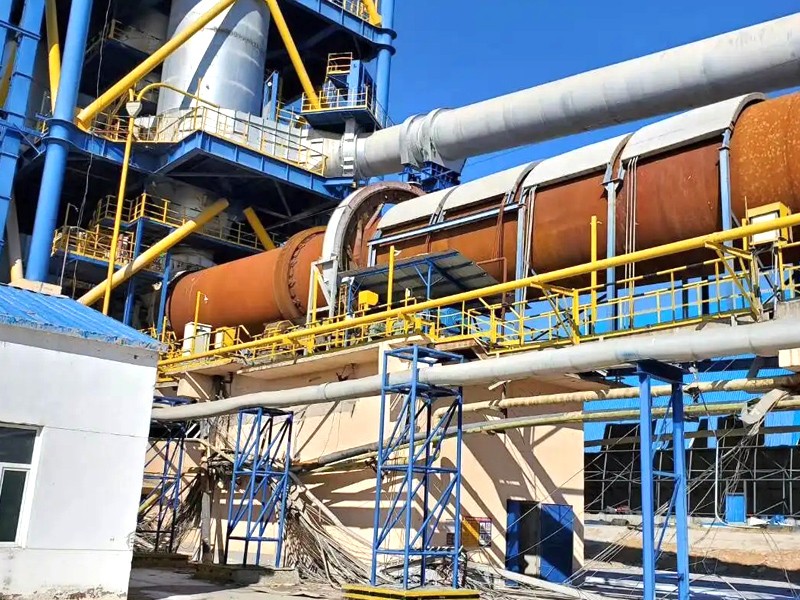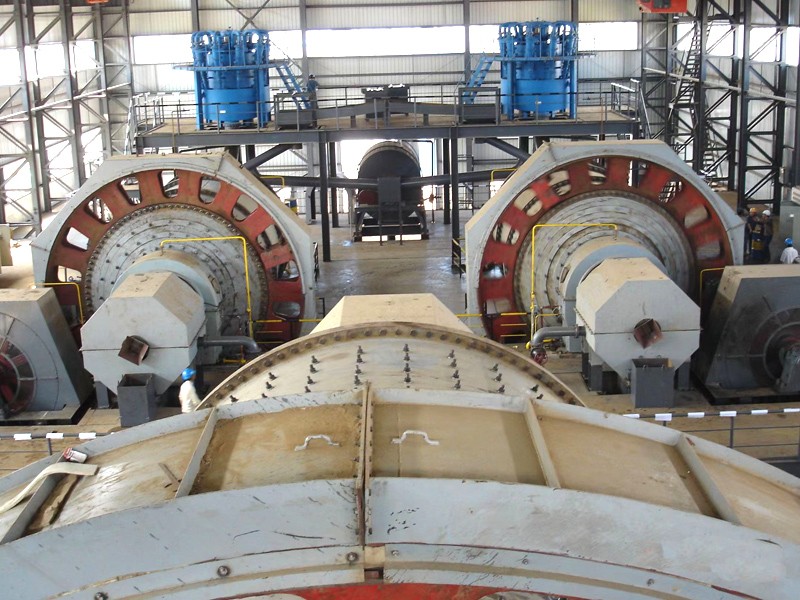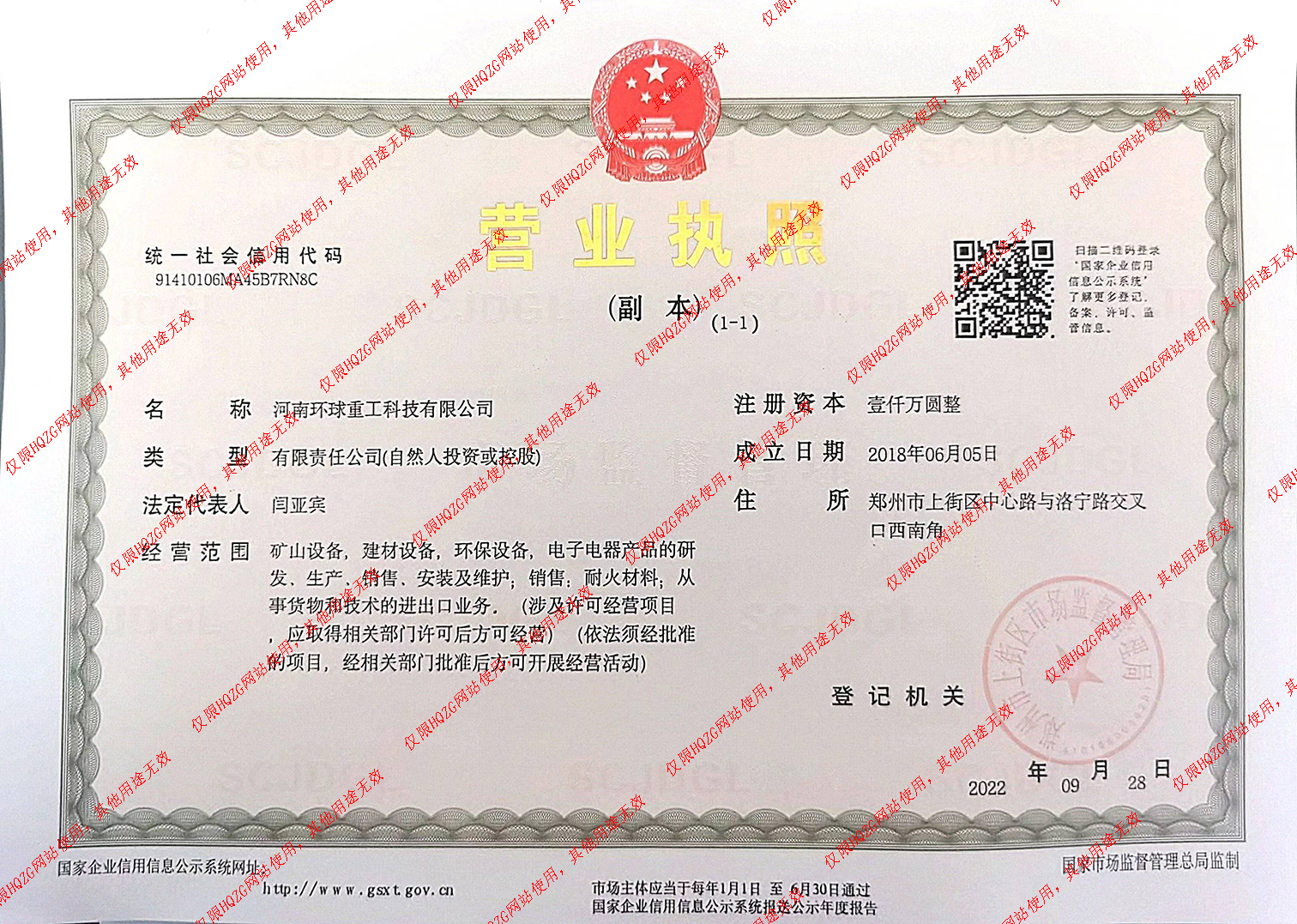Popular searched products:
Product Description
During the operation of the rotary kiln, the supporting wheels play the role of support, rotation, stability, power transmission and protection. The bearing set usually consists of inner ring, outer ring, rolling elements (such as balls or rollers) and cage. The inner ring usually fits with the shaft, and the outer ring usually supports the rolling elements, which bear the load between the inner ring and the outer ring. The cage is used to separate the rolling elements, reduce friction, evenly divide the rolling elements to optimize the load, and guide the unloaded rolling elements. The sealing structure of the bearing set can extend the service life, preserve lubricant, and prevent the intrusion of foreign matter. In general, the supporting wheel is a key component in the rotary kiln and directly cooperates with the rotary kiln barrel, while the bearing group is a key component in many mechanical devices for supporting and transmitting loads. The two are different in structure and use, but both play an important role in ensuring the normal operation of the equipment.
Product Performance
- 1The supporting wheels carry large loads and operate well
The supporting wheels produced by our company are generally made of materials such as ZG55 and ZG42CrMo. On the one hand, the supporting wheels are guaranteed to be Its quality, on the other hand, also gives it the advantages of large load carrying capacity and good continuous operation.
- 2Simple structure, easy to adjust and maintain
The supporting wheel adopts rolling bearing wheel set, which has the characteristics of simple structure and convenient maintenance.
- 3Using the process of normalizing and tempering, the product has high hardness
Our company uses the process of normalizing and tempering in the casting of supporting wheels. After treatment, the final surface hardness of the outer circle of the supporting wheel is higher than 200HB, which ensures the quality of the rotary kiln supporting wheel device.
Working Principle
A rotary kiln consists of a long, sloping rotating barrel, usually horizontal or slightly sloping. Material enters from one end of the kiln and gradually moves to the other end through rotating motion. During the process, materials are affected by high temperatures and other processing conditions, causing chemical and physical changes.
The main working principle is:
1. Heating and sintering: Fuel and air are provided inside the rotary kiln to form a high-temperature environment. The material is gradually heated at high temperature, and the moisture and volatile substances in it are evaporated and discharged. At the same time, the sintering and solidification of the ore occur.
2. Reaction and transformation: At high temperatures, the chemical components in the materials react and transform. For example, in cement production, limestone and clay are calcined to produce clinker.
3. Cooling and processing: The material is gradually cooled in the rotary kiln to stabilize and solidify the product. The cooling process can be achieved by external air or cooling devices.
Technical Parameters
| Specification (m) | Production capacity | Cylinder speed (r/min) | Motor | |
| Hourly output (m3/h) | Annual output (10,000 m3/a) | |||
| φ1.25×18 | 2.95~3.94 | 1.8~2.4 | 1.0~5.0 | 11 |
| φ1.6×14 | 1.0~5.0 | 15 | ||
| φ1.55×20 | 4.36~5.81 | 2.67~3.5 | 1.0~5.0 | 18.5 |
| φ1.9×16 | 1.0~5.0 | 22 | ||
| φ1.8×22 | 5.9~7.87 | 13.61~4.8 | 1.0~5.0 | 22 |
| φ2.2×18 | 1.0~5.0 | 22 | ||
| φ2.0×24 | 7.42~9.88 | 4.54~6 | 1.0~5.0 | 30 |
| φ2.5×20 | 1.0~5.0 | 37 | ||
| φ3.0×20- φ2.5×12 | 9.5~17.51 | 8.04~10.7 | 1.0~5.0 | 75 |
| φ3.0×22 | 1.0~5.0 | 55 | ||
| φ3.2×20- φ2.8×14 | 13.9~16.2 | 10.0~11.5 | 1.0~5.0 | 55 |
| φ3.0×22 | 1.0~5.0 | 55 | ||

